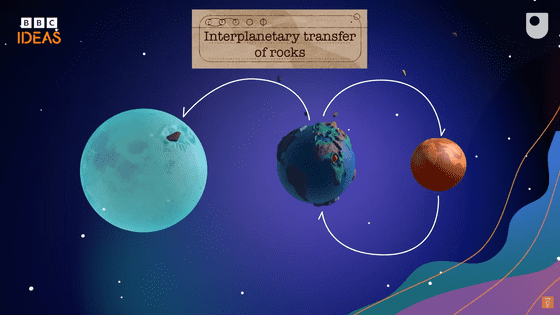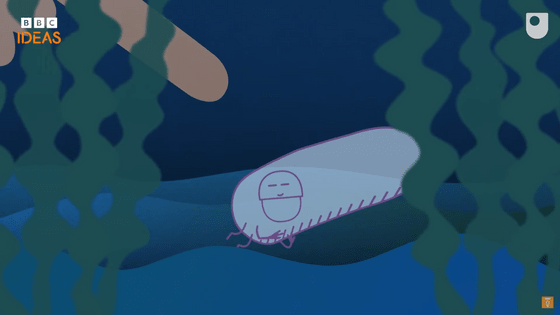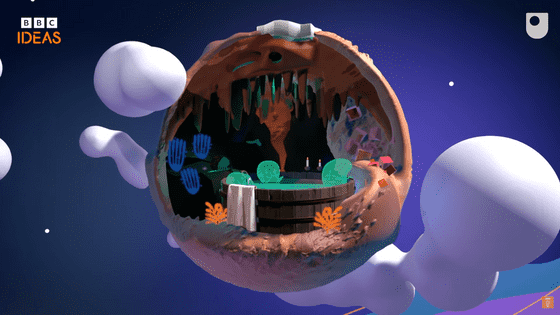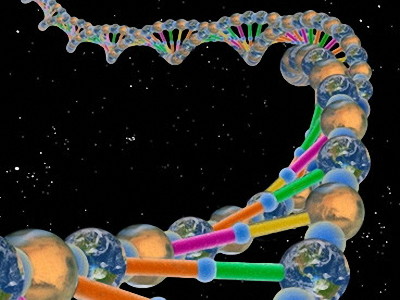Is it possible for terrestrial microbes to migrate to another planet and survive?

Are we thinking about alien life all wrong? | BBC Ideas - YouTube
The search for extraterrestrial life in space is considered one of the most interesting studies of our time.

There are many videos on the Internet speculating that aliens must have arrived on Earth and visited ancient civilizations on Earth.

Some people think that without the visit and knowledge of aliens, ancient huge buildings such as

However, there is no evidence for this idea at all.

Although claims that aliens have visited Earth in the past are discredited, the 'panspermia' hypothesis that life forms can travel through space and travel to other celestial bodies is being seriously debated by scientists. I'm here. So far, research teams at the Massachusetts Institute of Technology and Harvard University have announced the theory that ``a life form born in another celestial body somehow flew to Mars.''

As a result of millions of years of evolution, microorganisms such as

As an example, microorganisms such as

Therefore, it is thought that these extreme environment organisms can survive even if they move from the earth to harsh environments such as other planets and moons, and the possibility of expanding their population is considered.

The easiest way for extremophiles on Earth to move to other celestial bodies is to accompany humans in space exploration. In 2007, a microbe called

In addition, as a method of movement of microorganisms, it is also possible to move to another celestial body by attaching to a meteorite.

When a meteorite hits a planet, rocks and debris are ejected into space, which then become meteorites and rain down on other celestial bodies. So far, 313 Martian meteorites have been discovered on Earth, and conversely, rocks from Earth have been discovered on the Moon. Therefore, in the same way that microorganisms on Earth migrate to other celestial bodies, it is thought that organisms from other celestial bodies may have arrived on Earth and become the origin of life.

Radiation that flies through space is an obstacle to the movement of microorganisms in space. Radiation is a harmful substance to living organisms, but some bacteria, such as

Another problem is that meteor travel takes a very long time. However, in 2020, Japanese researchers

Certainly, it is difficult for microorganisms to travel alive through space on a meteorite and withstand the impact of colliding with a planet. However, it is possible if it lives in a place like a meteorite crack.

The environment on Mars 3.8 billion years ago, when it had liquid water and an atmosphere, was very similar to the environment on Earth today. increase.

It is thought that the organisms that exist on the earth were not born in the solar system, but may have flown from outside the solar system,

Related Posts:







